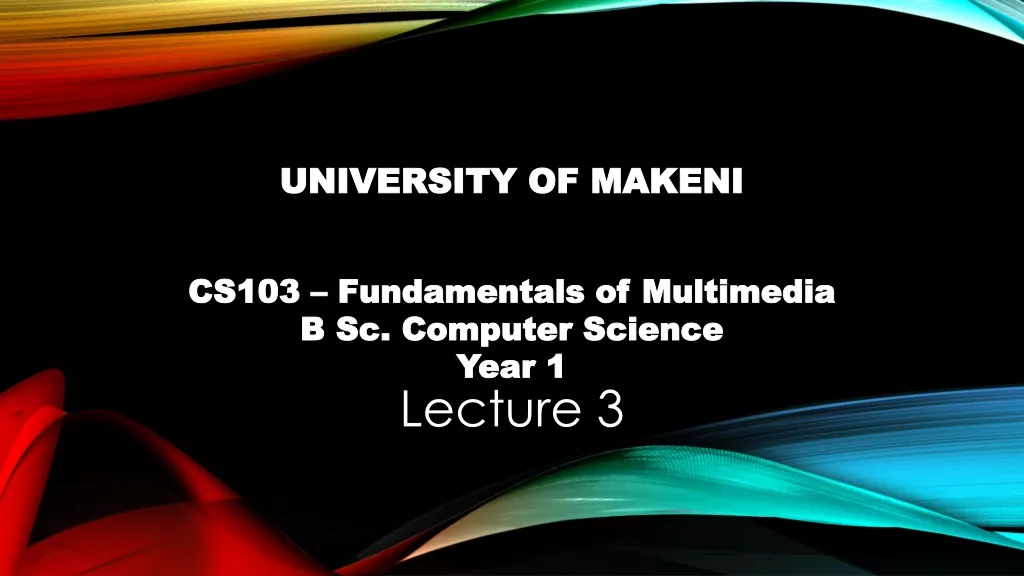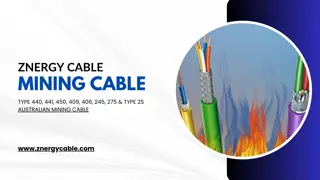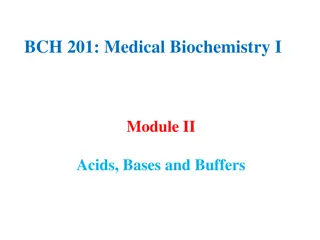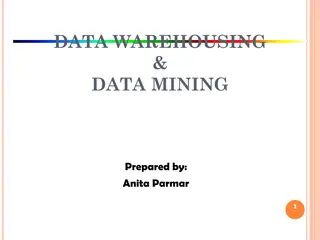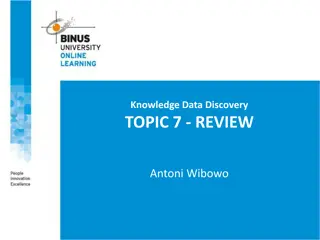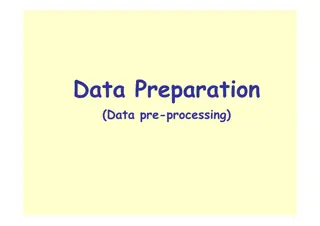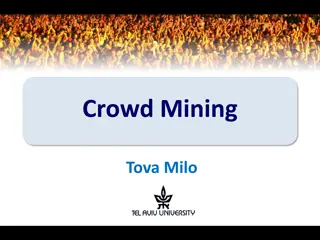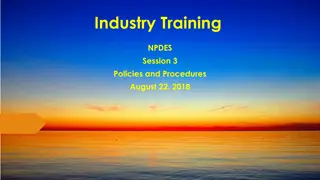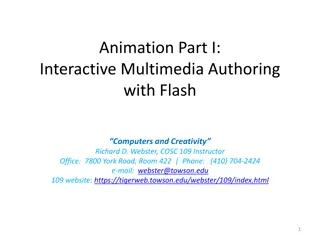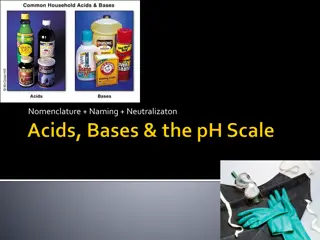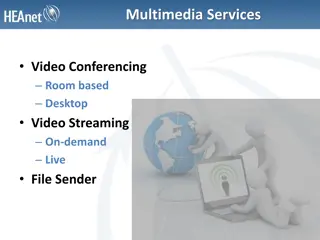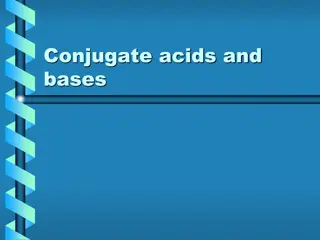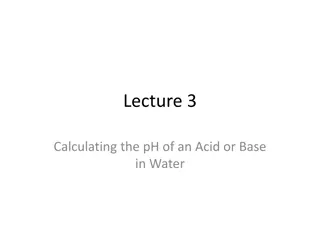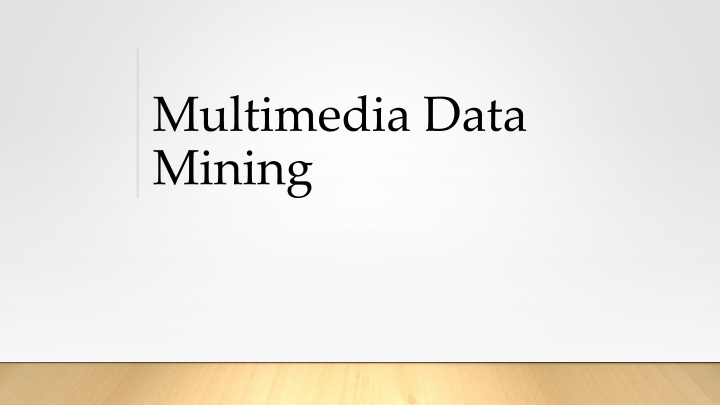
Understanding Multimedia Data Mining and Similarity Searching
Explore the world of multimedia data mining and learn about how multimedia database systems store and manage various types of multimedia data. Discover the differences between description-based and content-based retrieval systems for similarity searching. Dive into image retrieval methods and various approaches for similarity-based retrieval in image databases.
Download Presentation

Please find below an Image/Link to download the presentation.
The content on the website is provided AS IS for your information and personal use only. It may not be sold, licensed, or shared on other websites without obtaining consent from the author. If you encounter any issues during the download, it is possible that the publisher has removed the file from their server.
You are allowed to download the files provided on this website for personal or commercial use, subject to the condition that they are used lawfully. All files are the property of their respective owners.
The content on the website is provided AS IS for your information and personal use only. It may not be sold, licensed, or shared on other websites without obtaining consent from the author.
E N D
Presentation Transcript
Multimedia Data Mining
A multimedia database system stores and manages a large collection of multimedia data, such as audio, video, image, graphics, speech, text, document, and hypertext data, which contain text, text markups, and linkages. Multimedia database systems are increasingly common owing to the popular use of audio video equipment, digital cameras, CD-ROMs, and the Internet. Typical multimedia database systems include NASA s EOS (Earth Observation System), various kinds of image and audio-video databases, and Internet databases.
Similarity Search in Multimedia Data When searching for similarities in multimedia data, can we search on either the data description or the data content? For similarity searching in multimedia data, we consider two main families of multimedia indexing and retrieval systems: (1)description-based retrieval systems (2)content-based retrieval
Description-based retrieval systems: Which is used to build indices and perform object retrieval based on image descriptions, such as keywords, captions, size, and time of creation Content-based retrieval systems: which support retrieval based on the image content, such as color histogram, texture, pattern, image topology, and the shape of objects and their layouts and locations within the image.
In a content-based image retrieval system, there are often two kinds of queries: Image sample-based queries Image feature specification queries. Image-sample-based queries find all of the images that are similar to the given image sample. This search compares the feature vector (or signature) extracted from the sample with the feature vectors of images that have already been extracted and indexed in the image database. Based on this comparison, images that are close to the sample image are returned. Image feature specification queries specify or sketch image features like color, texture, or shape, which are translated into a feature vector to be matched with the feature vectors of the images in the database.
Several approaches have been proposed and studied for similarity-based retrieval in image databases, based on image signature: 1. Color histogram based signature 2. Multifeature composed signature 3. Wavelet-based signature 4. Wavelet-based signature with region-based granularity
Color histogrambased signature: In this approach, the signature of an image includes color histograms based on the color composition of an image regardless of its scale or orientation. This method does not contain any information about shape, image topology, or texture. Thus, two images with similar color composition but that contain very different shapes or textures may be identified as similar, although they could be completely unrelated semantically.
Multi-feature composed signature: In this approach, the signature of an image includes a composition of multiple features: color histogram, shape, image topology, and texture. The extracted image features are stored as metadata, and images are indexed based on such metadata. Often, separate distance functions can be defined for each feature and subsequently combined to derive the overall results. Multidimensional content-based search often uses one or a few probe features to search for images containing such (similar) features.It can therefore be used to search for similar images. This is the most popularly used approach in practice.
Wavelet-based signature: This approach uses the dominant wavelet coefficients of an image as its signature. Wavelets capture shape, texture, and image topology information in a single unified framework. This improves efficiency and reduces the need for providing multiple search primitives). However, since this method computes a single signature for an entire image, it may fail to identify images containing similar objects where the objects differ in location or size.
Wavelet-based signature with region-based granularity: In this approach, the computation and comparison of signatures are at the granularity of regions, not the entire image. This is based on the observation that similar images may contain similar regions, but a region in one image could be a translation or scaling of a matching region in the other. Therefore, a similarity measure between the query image Q and a target image T can be defined in terms of the fraction of the area of the two images covered by matching pairs of regions from Q and T. Such a region-based similarity search can find images containing similar objects, where these objects may be translated or scaled.
Multidimensional Analysis of Multimedia Data To facilitate the multidimensional analysis of large multimedia databases, multimedia data cubes can be designed and constructed in a manner similar to that for traditional data cubes from relational data. A multimedia data cube can contain additional dimensions and measures for multimedia information, such as color, texture, and shape.
Lets examine a multimedia data mining system prototype called MultiMediaMiner, which extends the DBMiner system by handling multimedia data. The example database tested in the MultiMediaMiner system is constructed as follows. Each image contains two descriptors: a feature descriptor and a layout descriptor. The original image is not stored directly in the database; only its descriptors are stored. The description information encompasses fields like image file name, image URL, image type (e.g., gif, tiff, jpeg, mpeg, bmp, avi), a list of all known Web pages referring to the image (i.e., parent URLs), a list of keywords, and a thumbnail used by the user interface for image and video browsing.
The feature descriptor is a set of vectors for each visual characteristic. The main vectors are a color vector containing the color histogram quantized to 512 colors (8 8 8 for R G B), an MFC (Most Frequent Color) vector, and an MFO (Most Frequent Orientation) vector. The layout descriptor contains a color layout vector and an edge layout vector. Regardless of their original size, all images are assigned an 8 8 grid. The most frequent color for each of the 64 cells is stored in the color layout vector, and the number of edges for each orientation in each of the cells is stored in the edge layout vector. Other sizes of grids, like 4 4, 2 2, and 1 1, can easily be derived.
Classification and Prediction Analysis of Multimedia Data Classification and predictive modeling have been used for mining multimedia data, especially in scientific research, such as astronomy, seismology, and geoscientific research. Example Taking sky images that have been carefully classified by astronomers as the training set, we can construct models for the recognition of galaxies, stars, and other stellar objects, based on properties like magnitudes, areas, intensity, image moments, and orientation. A large number of sky images taken by telescopes or space probes can then be tested against the constructed models in order to identify new celestial bodies.
Mining Associations in Multimedia Data Association rules involving multimedia objects can be mined in image and video databases. At least three categories can be observed: 1. Associations between image content and nonimage content features: A rule like If at least 50% of the upper part of the picture is blue, then it is likely to represent sky belongs to this category since it links the image content to the keyword sky. 2. Associations among image contents that are not related to spatial relationships: A rule like If a picture contains two blue squares, then it is likely to contain one red circle as well belongs to this category since the associations are all regarding image contents.
3. Associations among image contents related to spatial relationships: A rule like If a red triangle is between two yellow squares, then it is likely a big oval-shaped object is underneath belongs to this category since it associates objects in the image with spatial relationships.
Audio and Video Data Mining Besides still images, an incommensurable amount of audiovisual information is becoming available in digital form, in digital archives, on the World Wide Web, in broadcast data streams, and in personal and professional databases. This amount is rapidly growing. There are great demands for effective content-based retrieval and data mining methods for audio and video data. Typical examples include searching for and multimedia editing of particular video clips in a TV studio, detecting suspicious persons or scenes in surveillance videos, searching for particular events in a personal multimedia repository such as MyLifeBits, discovering patterns and outliers in weather radar recordings, and finding a particular melody or tune in your MP3 audio album.

